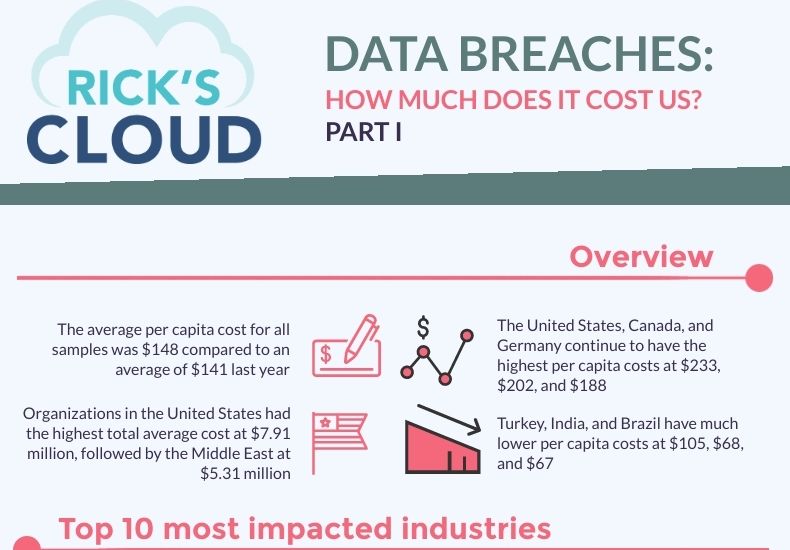
What is a Data Pipeline?
A data pipeline refers to the series of tools and activities for transferring data from one system with its data storage technique and processing to another system where it can be kept and managed differently. What is more, this also enables immediate acquiring data from many disparate sources, then moving and merging it in one high-performing data storage.
Imagine that you are collecting different information that expresses how people connect with your brand. That can be their device, location, purchase, session recordings as well as customer service interaction history, feedback shared, and a whole lot more. Then you put this data in one place, a warehouse, making a profile for every customer.
Thanks to information consolidation, everyone who utilized data to make operational and strategic decisions or develop and keep analytical tools can quickly and easily access them. These can be data analysts, data science teams, chief product officers, BI engineers, marketers, or other experts that depend on data in their job.
Developing and handling infrastructure for data transfer and its strategic use is what data experts or engineers carry out.
How Data Pipeline Works?
Data needs to flow from one place to another for functions like syncing, processing, analytics, or storing. This flow may need to take place daily, hourly, or in real-time each time a record is modernized.
A data pipeline is a program that carries out this job routinely and consistently. Data pipeline has three major elements such as:
- Sources: Data pipeline is able to draw information from many disparate sources. For instance, the information could come from production systems such as a sales database, ERP, or CRM.
- Destination: The final location for the data. This might often be a data warehouse, Data Lake, data mart, or various relational databases. Normally, a pipeline will have one final location.
- Pipeline Software: Program or software is needed to export from the disparate sources and at the same time to import to the location. Before, this was done with regularly scheduled batch works. This method has been replaced with auto-ETL that can operate in real-time. This program might also do the transformation on data in transit to be formatted for every location schema.
Data Pipeline Solutions: What are the Types?
There are many kinds of data pipeline solutions available out there, and each is ideal for diverse purposes and needs. For instance, you may need to utilize cloud-native tools when relocating the data to the cloud.
Here are some of the common forms of pipelines available:
- Batch: This is vital in moving large numbers of information regularly and doesn’t need to transfer data in real-time. For instance, it might be valuable to include the Marketing data in a bigger study system.
- Real-Time: This is optimized to process information in real-time. This is valuable if you’re processing information from streaming sources, like data from financial markets.
- Cloud-Native: This is optimized to work with cloud-based data. This is hosted in the cloud and allows you to save money on infrastructure and expert sources as you can depend on the infrastructure and know-how of the vendor hosting the pipeline.
- Open Source: This is considered the most valuable if you want a low-cost option for a commercial merchant and you have the skill to extend or develop the tool for your reasons. This is often more reasonable than the commercial counterparts but needs the skill to utilize the functionality as the underlying systems are publicly available and intended to be extended or modified by users.
How to Get Started
After many assessments, you found out that your business requires a data pipeline, and now there is the question of what step you need to take.
You can get the service of an expert to develop and maintain your in-house data pipeline. Here is what it entails:
- Creating a method to track for incoming data
- Connecting to and moving data from every source to go along with the format and schema of its location
- Transferring the data to the target database as well as a data warehouse
- Adding and eliminating fields and changing the scheme as an organization needs change
- Making an ongoing, permanent commitment to keeping as well as improving data pipeline.
Count on the procedure is expensive, both in time and resources. You will need skilled personnel either trained or hired and pulled away from other high-value projects and software. It could take a couple of weeks to develop, incurring significant opportunity costs. Last but not least, it could be hard to scale this kind of solution as you have to put in hardware and people, which could be very expensive.
A cost-effective and simple solution is to consider investing in a full-bodied data pipeline. The best data pipeline allows you to get immediate, out of the box value, saving the lead time in developing house solution.
There is no need to pull resources from current products or projects to develop and maintain the data pipeline.
Once an issue arises, you want somebody you can rely on to address the problem, rather than pulling off other projects’ resources.
It provides a chance to enrich and cleanse the data on the fly.
It allows real-time, safe data analysis, even from many sources, concurrently by storing the data warehouse data.
You are allowed to visualize data in motion.
Peace of mind from business-grade security.
Schema changes, as well as new sources of data, are incorporated easily.
Built-in mistake handling means your data will not be lost once loading is not working or fails.
When do you need a data pipeline?
Dependable infrastructure for managing and merging data assists businesses power their analytical tools and support the everyday operation. It is vital to have a data pipeline when you decide to use data for many kinds of reasons. So, a data pipeline enables addressing “origin-destination” problems, particularly with big amounts of data. The more use cases, the more data can be kept in, the many ways it can be used, transmitted, and processed.




